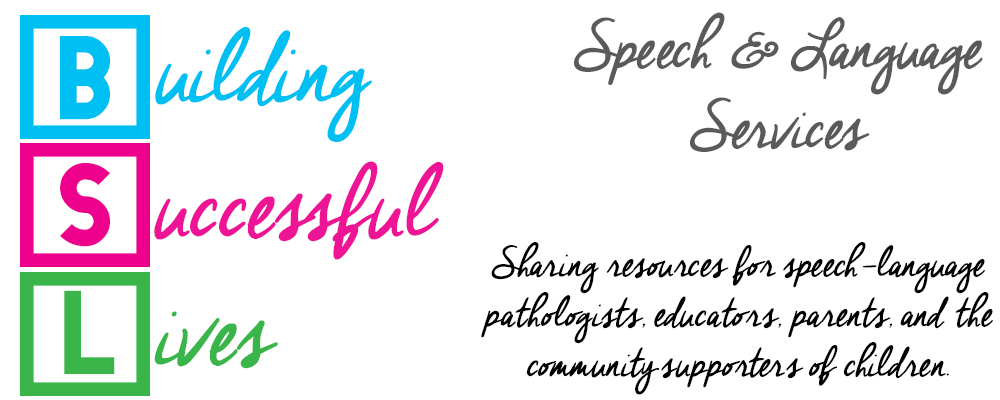While chatting with a friend recently, she asked me if I had recommendations for learning strategies to help her god daughter in school because she is a “right brain learner.” She explained that she tends to do well when she uses visual aids and wanted to know if I had any video resources that I could send them. I told her that I would be happy to share some information with them.
It is true that specific parts of the brain have specific functions such as Wernicke's Area in the Left hemisphere controls language comprehension (receptive language) and Broca's Area controls expressive language. However, research in fact confirms that both hemispheres work together to process and learn new information. See Jensen (2000) and Leaf (2007) for references at the bottom of this entry. The interactive processing or comprehension of information is more related to the various styles of learning or multiple intelligences that can assist a student to comprehend academic content and not just understanding if they are a left brain vs. right brain learner.
This is supported by the theory of multiple intelligences that explains that
people have different cognitive strengths and contrasting cognitive styles. This theory proposed that there are seven types of intelligences that are of equal importance and include: linguistic, logical-mathematical, spatial, musical, bodily/kinesthetic, interpersonal, and intrapersonal.
people have different cognitive strengths and contrasting cognitive styles. This theory proposed that there are seven types of intelligences that are of equal importance and include: linguistic, logical-mathematical, spatial, musical, bodily/kinesthetic, interpersonal, and intrapersonal.
As a speech-language pathologist, I have experienced working
with students who perform best when they are allowed to practice specific
skills through oral language practice (interpersonal/intrapersonal
intelligence), using visual cues/organizers (spatial intelligence), and with hands on activities (kinesthetic intelligence). Because the students I work with have
language based learning disabilities, their linguistic intelligence (e.g. reading/writing) is often their weakest skills. Therefore, these students have to use their other
strengths or intelligences to learn new skills.
Many students who identify with being "right-brain learners" may benefit from the use of pictures, integrating singing academic lyrics, playing background music, or participating in kinesthetic/hands on activities to learn a particular skill.
The bottom line is that students often learn best when they are exposed to more than one learning style to encode the information into their brain. When this is done, they effectively transfer the information into short term memory and then long term memory. Although people may have their own preferences for learning, both sides of the brain work together to effectively process and learn new information.
Many students who identify with being "right-brain learners" may benefit from the use of pictures, integrating singing academic lyrics, playing background music, or participating in kinesthetic/hands on activities to learn a particular skill.
The bottom line is that students often learn best when they are exposed to more than one learning style to encode the information into their brain. When this is done, they effectively transfer the information into short term memory and then long term memory. Although people may have their own preferences for learning, both sides of the brain work together to effectively process and learn new information.
I will provide additional resources on this blog about
learning styles, brain-based learning, and specific resources that can help all students learn.
Tamara Anderson, Ed.S., CCC-SLP
Speech-Language Pathologist
References:
References:
